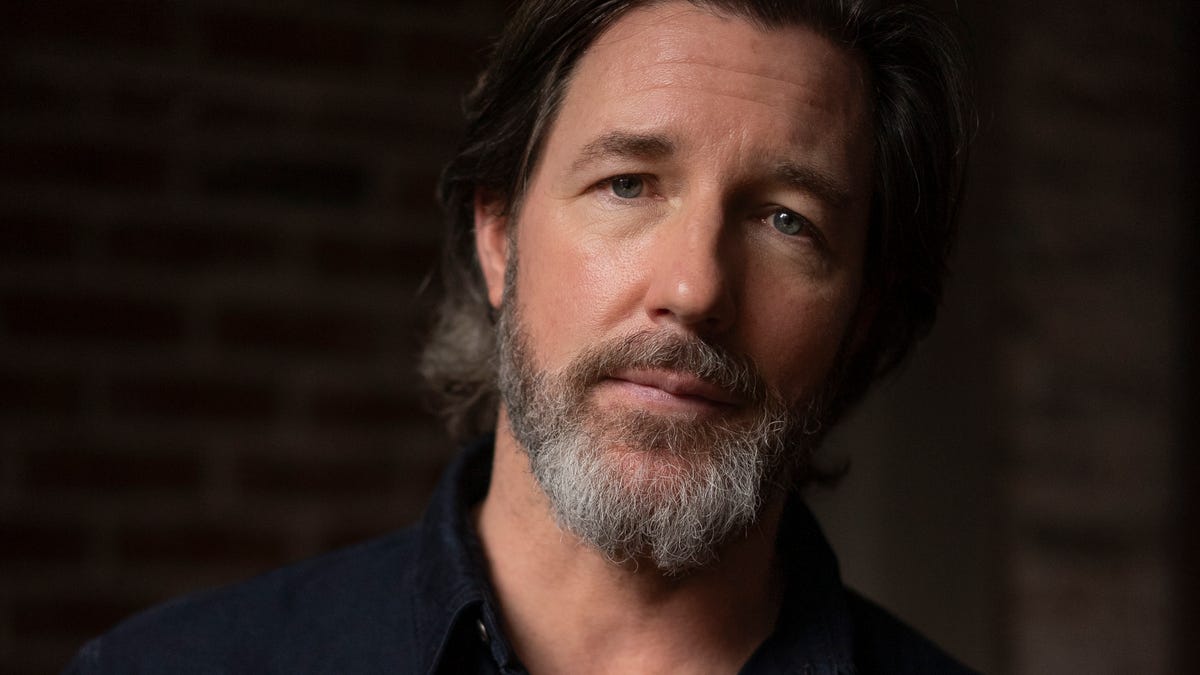Actor Ed Burns Has Written a Fantastic Novel: Discover the Truth and the Fiction
Ed Burns may not be a household name at first glance, but his face likely brings to mind memorable moments from films and series like “Saving Private Ryan” and “Entourage.”
At 56 years old, Burns has spent over three decades as a screenwriter, producer, and director, primarily focusing on independent projects. Now, he’s taking on a new role as a novelist.
His latest work, “A Kid From Marlboro Road,” set to release on September 10 through Seven Stories Press (224 pages, retailing for $27.95), is an engaging coming-of-age story inspired by Burns’ own experiences growing up as an Irish American. The story incorporates elements from his life, such as his father being a police officer and a setting in Long Island, but it also allows for a creative narrative through the voice of a 12-year-old unnamed protagonist.
“My dad was a cop, my mom really worked at the FAA at JFK airport, and my dad’s father was quite troublesome, often abusive towards him and my grandmother,” Burns shared with YSL News while waiting for his order at a burger place in Los Angeles after dropping his son off at college. “But honestly, the most enjoyable parts of the book are the fictional elements I got to invent.”
Burns’s storytelling blends the raw emotion found in Frank McCourt’s Pulitzer-winning memoir “Angela’s Ashes” with the witty humor of J.D. Salinger’s classic “The Catcher in the Rye,” crafting a vivid depiction of a middle-class life in the 1970s where the young protagonist faces challenges at every turn.
“On my first Monday back at school, some kids, mainly eighth graders, decided I was a suck-up for winning a poetry contest, which certainly meant I was entitled to a smack on the head and a punch with a purple-nurple as a bonus – where they twist your nipples,” Burns writes. “But I got lucky; I didn’t end up with a silly nickname after my poem. Instead, I endured a few dead legs, a purple-nurple, and a grandmother who was hoping I’d join the priesthood.”
We spoke with Burns about how he got inspired and his creative journey (edited for brevity and clarity).
Question: What motivated you to write this novel?
Answer: During film school, I grew fond of coming-of-age stories, such as François Truffaut’s “The 400 Blows” (1959), and wanted to convey that in screenplay form.
With the downtime during COVID, I pivoted to writing it as a novel, realizing that a screenplay wouldn’t work given the production halts during the pandemic. I began journaling through the voice of a 12-year-old, which felt natural as I spent countless hours driving my then 14-year-old and his friends to basketball practices, giving me insight into their language.
Would you like this to be adapted into a movie now?
That would be a dream come true. I’m glad it started as a book because as an independent filmmaker, I always think about budget constraints and the financial implications of filming each scene. If the book gains enough popularity, it might allow for a more substantial budget than I’m accustomed to.
Did any memoirs inspire your writing?
I definitely looked to “Angela’s Ashes” (1996) as a guide. My father was close friends with Frank, and I had collaborated with his brother Malachy. I would revisit passages from that book and think, ‘Here’s Frank around my age recalling his childhood, and this is how he coped with it,’ which provided me with some reassurance.
Was “The Catcher in the Rye” influential for you?
It wasn’t a conscious influence, but when I was younger, my parents gave me that book to encourage my reading. It was truly a defining book for our generation. I also thought about other titles like John Knowles’ 1959 novel “A Separate Peace” and S.E. Hinton’s 1967 classic “The Outsiders,” which reminded me that telling a story from a child’s viewpoint is perfectly acceptable.
Was writing this cathartic, considering some aspects are personal?
Initially, I believed the story would focus solely on a kid transitioning to adolescence as summer ends, capturing the challenging times in every child’s life marked by change among themselves and their friendships.
During the COVID pandemic, I frequently called my parents, who were stuck in Florida and unable to return to New York. Conversations often started with their favorite Netflix shows, but I made it a point to ask my mother about her life. That led to long discussions—sometimes an hour long—where we reminisced about her high school graduation and the special dinner her father treated her to in Manhattan.
I’m aware of the hardships she faced as an orphan in foster care and her father’s alcoholism, but she also shared new memories. One vivid recollection was riding the 3rd Avenue L train, looking into the beautiful apartment windows, and dreaming of a better future. These stories inspired a narrative about a boy who watches his mother struggle with depression, his parents drifting toward divorce, and the turmoil in his brother’s life.
Your novel features a touching scene where the main character goes to the city with his mother and sees men noticing her beauty.
Exactly! While I didn’t take a similar trip with my mother, I used my life experiences as a foundation for that scene. It was a profoundly freeing moment for me artistically.

